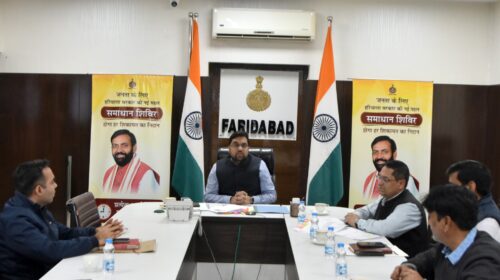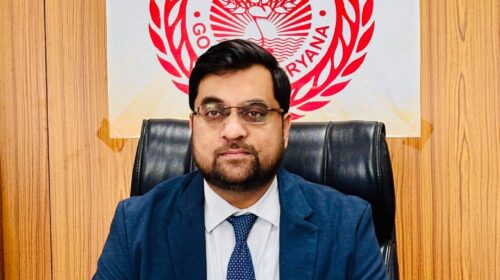10% Quota For Poor: Explained | Hot Mic with Nidhi Razdan
This week, the Supreme Court upheld a 10% quota for economically weaker sections, which was passed through what is called the 103rd amendment by the government in January of 2019.
Hi, this is Hot Mic and I’m Nidhi Razdan.
This week, the Supreme Court gave a landmark 3-2 judgment, which will have a huge impact on reservations in government jobs and in higher educational institutions. So what does it actually mean for you and me?Let’s try and understand the verdict first. The court upheld a 10% quota for economically weaker sections, which was passed through what is called the 103rd amendment by the government in January of 2019. The amendment was immediately challenged, and that challenge was referred to a five-judge Constitution Bench in August of 2020, which has now given its order. Economically weaker sections will however, not include the poor amongst SCs, STs and OBCs, since they’re already covered by a separate quota. In other words, the amendment that changed the Constitution and introduced a quota for the poor among the so-called “forward castes” or “general category” is what this is. Once it was passed, there were also rules that were notified by the center and under that 2019 notification, a person who was not covered under the scheme of reservation for SCs, STs and OBCs and whose family had a gross annual income of below eight lakh rupees, was to be identified as EWS for reservations.Now, the notification excluded those from the EWS category if their families possess certain specified assets. So what was the main argument challenging this quota? Well, those who went to court against it said that first of all, it violates the basic structure of the Constitution because in the Constitution special protections are guaranteed to socially disadvantaged groups only, and that the amendment departs from this by promising special protections on the sole basis of economic criteria. They had cited the Supreme Court’s own ruling in the Kesavananda Bharati case in 1973, by which it said that certain aspects of the Constitution just cannot be changed. However, the three judges who upheld this amendment and therefore the 10% quota did not agree with this. Justices Dinesh Maheshwari, Bela Trivedi and S B Pardiwala said that the basic structure of the Constitution was not violated. For instance, Justice Trivedi ruled that treating the EWS or the economically weaker sections as a separate class is a reasonable classification, and that treating unequals equally would violate the principle of equality under the Constitution. But interestingly, the outgoing Chief Justice of India, UU Lalit, was among the two judges on the bench who dissented. Justice Bhat was the other one who ruled that while reservation on economic criteria, per see is not violative of the Constitution, excluding SCs, STs and OBCs is violative of the basic structure.Justice Lalit said that he agreed with this. Now the Supreme Court’s judgment upholding the quota also appears to have struck down a 50% ceiling on reservations, which the court itself had mandated through the Indra Sawhney judgement of 1992. Now based on that, attempts by a number of states to provide reservations to specific groups over the years, have been struck down and many of these issues will now be reopened. There has been considerable controversy as well over the eight lakh rupee limit to determine who was poor. Now in October of 2021, the Supreme Court asked the government, how did you reach this number? So the center said it would set up a committee to look at this figure in detail. Now in January this year, the committee’s report was accepted by the government and it said that the eight lakh rupee annual income was a reasonable limit for determining who is poor, but also said the EWS category can exclude, irrespective of income, a person whose family has five acres of agricultural land and above. Interestingly, by the way, government data shows that 95% of Indian households earn less than eight lakh rupees a year. So what is all of this actually going to mean on the ground and what does the reservation pie look like at the moment?Scheduled Castes have 15% reservation Scheduled Tribes 7.5% OBCs 27%. And now you have economically weaker sections at 10%. It’s not just government institutions, private educational institutions also could be made to implement this quota as well. Now most political parties have welcomed the top court’s order. The BJP seeks to gain politically with the poor among upper caste without disturbing the quota for backward castes. But there’s also a growing demand for a national caste census by parties like the RJD and the JD(U) to determine a fresh criteria for reservations for backward groups – something that the BJP has been resisting. So this could open up a Pandora’s Box and the DMK is among the key opposition parties that has opposed this quota for the poor from the beginning, saying that it violates the basic principles of reservations. So how will all of this play out from here? Watch this space.





